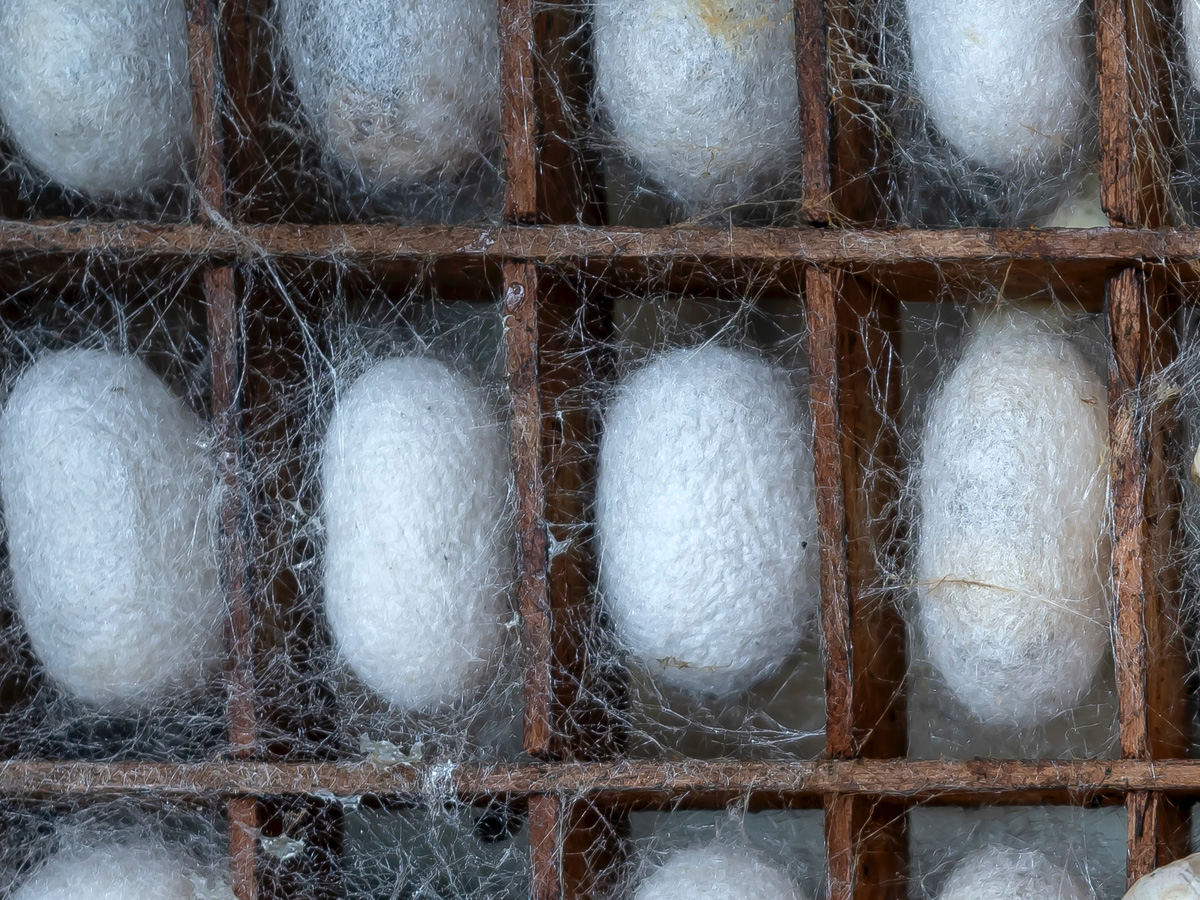Animal Fibers
Sheep Wool

Sheep wool is still the most commonly used natural wool fibre. Besides cotton, sheep wool is a natural classic in our product range.
Due to its crimp, sheep wool has a cold and heat-insulating air cushion and can therefore balance temperatures very efficiently. Because of its high moisture regain, self-cleaning and its low flammability, sheep wool accomplishes the highest quality standards.
Our company has been processing sheep wool for mattress production since the early seventies. We offer various qualities and finenesses from different origins throughout Europe and the world. Additionally, we have washable wool, organic wool as well as GOTS certified wool.
As the first company in Germany, we were in the position to produce thermally bonded sheep’s wool by admixing of a binding fibre. Such nonwovens are suitable for the production of upholstery furniture, mattresses and insulation materials.
In return of a natural production process, needlepunched nonwovens can be named. For those nonwovens, we can also admix swiss stone pine chips. It is said that the wood of the swiss stone pine has a positive effect on the human recovery ability and the sleep quality.


